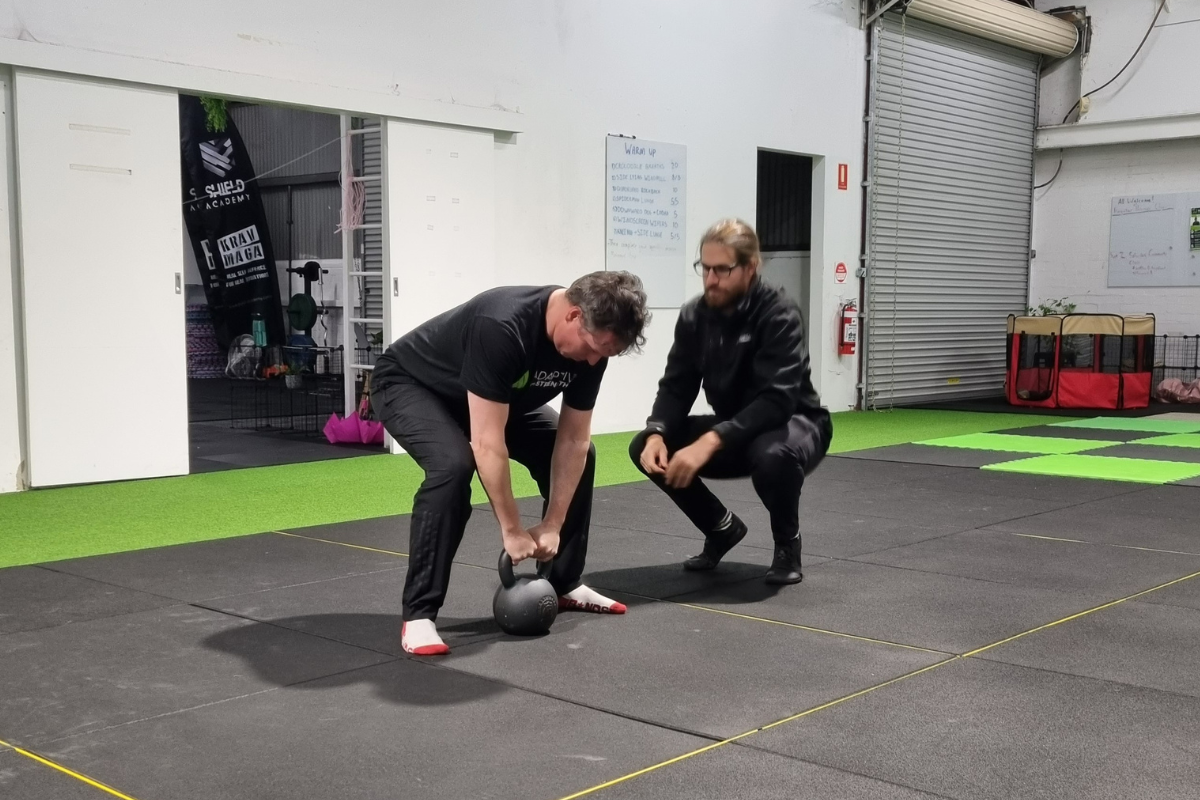One for the big differences between Adaptive Strength and other gyms is we create individualised programs for our clients rather than a series of workouts.
And… one of the big differences between a program and a workout is the approach over time. A workout is generally very short term in nature, focusing on an individual training session. Whereas a program is long term in nature, focusing on the big picture and how to get you there.
Before I continue I need to explain a little physiological & neurological science. I promise to keep it simple.
There is something knows as the Specific Adaptation to Imposed Demands (SAID) principle, which essentially means that when the body is placed under some form of stress, it starts to make adaptions that will allow the body to get better at withstanding the specific form of stress in the future. In short, the body is always trying to get better at exactly what you practice.
A simple example. You enjoy strength and resistance training. You go to the gym often and perform the squat. Your body will adapt to this by making you muscles, tendons and ligament stronger in your legs so you can squat easier.
But there comes a point where your body will adapt and the strength gained will plateau. In order to continue to strengthen your muscles, tendons and ligament in your legs you will need to apply more or a new form of stress. The most common example of this, would be to increase weight on your squat. This will force the body to adapt to this new weight (stress).
Ok, enough with the science for now, as people have written whole books on just the topic of the Specific Adaptation to Imposed Demands (SAID) principle alone.
Here at Adaptive Strength we have a saying… Train Smarter, Not Harder… and by having a well thought out and structured program is one of the best ways to Train Smarter and has allowed so many of our clients, who are ordinary people just like you and me do extra-ordinary things.
But unfortunately, there are 2 major traps I see people fall into when trying to stick to a program and they do NOT have a coach.
Firstly… They do not stick to the program. They start the program with the best of intentions, until they got distracted, bored or saw their favourite Instagram celeb doing something and then went chasing the rabbit down the proverbial rabbit hole. A few weeks or months later, thinking to themselves the program did not work.
Secondly… They had a little lapse away from training. This on its own is not so bad, everyone has life, work, family, health issues that sometimes get in the way. The problem is when they come back to the gym they feel like they need to make up for the time away and try cram in 1-2 weeks training in a single session. This often leads sore, tired fatigued muscles at best, which affects their next training session or injury at worse. Either way, this is not Training Smarter… It is training harder and comes back to my first point of they did not stick to the program.
Having a coach will help avoid both traps because they understand the science and know your end goal!
A program is structured and deliberate.
Take for example a new Male member to Adaptive Strength. One of their initial strength goals is to be able to do a Kettlebell Deadlift the 64kg Kettlebell.
Here is an example of how we might progress them.
Progression:
The goal is to reach 64kg deadlift with a Kettlebell before moving onto a barbell.
Each week progress bell size (Linear Cycle)
| Week 1 | |||||
| Set 1 | Set 2 | Set 3 | Set 4 | Set 5 | |
| Reps | 5 | 5 | 5 | 5 | 5 |
| Weight | 20kg | 24kg | 28kg | 32kg | 36kg |
| Week 2 | |||||
| Set 1 | Set 2 | Set 3 | Set 4 | Set 5 | |
| Reps | 5 | 5 | 5 | 5 | 5 |
| Weight | 24kg | 28kg | 32kg | 36kg | 40kg |
| Week 3 | |||||
| Set 1 | Set 2 | Set 3 | Set 4 | Set 5 | |
| Reps | 5 | 5 | 5 | 5 | 5 |
| Weight | 28kg | 32kg | 36kg | 40kg | 44kg |
If the client is very new to the gym environment, strength training and exercise they may need a slightly different program to progress. Below is another example.
| Week 1 | |||||
| Set 1 | Set 2 | Set 3 | Set 4 | Set 5 | |
| Reps | 5 | 5 | 5 | 5 | 5 |
| Weight | 20kg | 24kg | 28kg | 28kg | 28kg |
| Week 2 | |||||
| Set 1 | Set 2 | Set 3 | Set 4 | Set 5 | |
| Reps | 5 | 5 | 5 | 5 | 5 |
| Weight | 20kg | 24kg | 28kg | 28kg | 32kg |
| Week 3 | |||||
| Set 1 | Set 2 | Set 3 | Set 4 | Set 5 | |
| Reps | 5 | 5 | 5 | 5 | 5 |
| Weight | 20kg | 24kg | 28kg | 32kg | 32kg |
| Week 4 | |||||
| Set 1 | Set 2 | Set 3 | Set 4 | Set 5 | |
| Reps | 5 | 5 | 5 | 5 | 5 |
| Weight | 20kg | 24kg | 28kg | 32kg | 36kg |
This is structured, methodical and smart. If they follow the program, have a little accountability, they will reach their goals.
The program will vary depending on your exercise history, goals, injuries, and willingness, but the end result will be the same. You will reach your goal!
This is why having and sticky to a program is so powerful.
I will be honest. It is really easy to create a workout to make a client leave the gym feeling smashed. And do get me wrong. Workouts are great if you just want to train, get a sweat up, zone out and feel like you have done something.
But it takes skill, knowledge and experience to create a well structured and though out program for a client that allows them to train smarter and not harder, while enjoying the benefits of being injury free and helping you have a greater quality of life.







